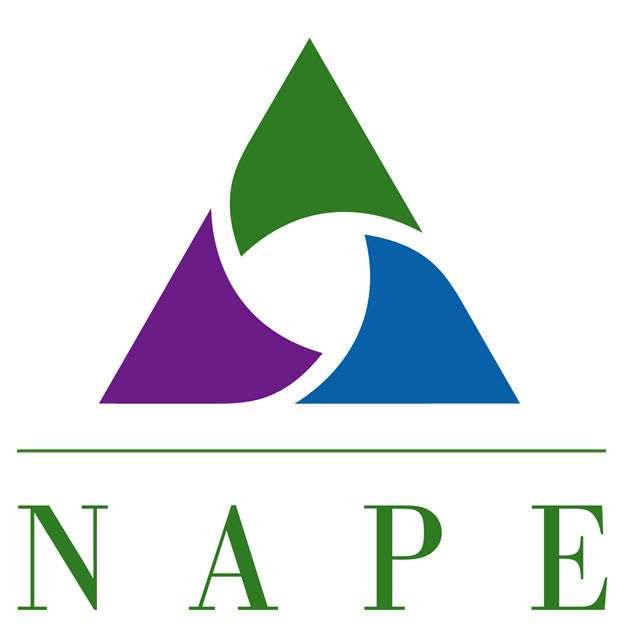The following is a transcript of the presentation entitled “What is Self-efficacy?”
Suppose you’re teaching an interactive media class, and one of the assignments is to animate a three-dimensional skeleton. All the students are excited at first, but as you start going over the process it becomes clear that the process takes more time and effort than most of them imagined.
You can tell that one of your students, Richard, gets frustrated very quickly, but he doesn’t ask any questions or voice any complaints. You offer to help, but he avoids eye contact and says something about sticking to sports.
Ana, another student, is also struggling. She asks you to go over and help her at her computer. When you show her the steps that she missed, she says she’ll soon be able to make the skeleton dance!
Ana most likely has a stronger sense of self-efficacy than Richard.
The psychologist Albert Bandura defined self-efficacy as “the belief in one’s capabilities to organize and execute the courses of action required to manage prospective situations.” It is the ability to “see one’s self as successful in a particular task or role.”
According to Bandura, people with a strong sense of self-efficacy, like Ana, tend to view challenging problems as things to be mastered. They develop a deeper interest in the activities in which they participate. They form a stronger sense of commitment to their interests and activities, and they recover quickly from setbacks and disappointments.
People like Richard, who have a weaker sense of self-efficacy, will avoid challenging tasks or situations because they don’t believe they have the ability to handle them. They tend to focus on personal failings and negative outcomes; they quickly lose confidence in their own abilities and give up.
Bandura says that there are four ways that people develop self-efficacy: mastery experiences, social modeling, social persuasion, and psychological responses.
A mastery experience is when we meet with successes and gain confidence in our ability to complete a task, such as solving a mathematical equation, or deciphering a complex engineering task. Our self-efficacy becomes stronger through that experience.
You can help students develop self-efficacy by demonstrating incremental learning and providing small, manageable, but increasingly harder tasks that they can master. Research shows that mastery experiences improve self-efficacy in both females and males.
When a school or department undertakes a conscious and consistent effort in social modeling, it can have an enormous impact. Students are influenced by role models that look and sound like them. Through modeling, you can provide proof that females and students of color can succeed. It can help disprove all the messages of career choice stereotypes that students receive and internalize all their lives.
Certainly, it’s more important for the student herself to experience the success, but it’s a close second to see someone who has similar abilities and characteristics.
In recruitment, it may be the first time that a student is introduced to a possible career. If a female Hmong student has never seen a female Hmong engineer, it is unlikely that she will decide to become one. In fact, the idea may never enter her mind regardless of her ability in STEM subjects.
Social persuasion relates to the messages we hear from others. Therefore, it remains extremely important that we pay attention to the things we say as well as the micromessages we deliver.
A psychological response refers to the emotional response we have about a situation. However, it’s more important how the emotional response is interpreted. We all get nervous about public speaking. It’s a natural response. However, if we interpret it as catastrophic, we probably won’t do well or take on additional opportunities to master public speaking. It will have a negative impact on our self-efficacy. However, if we interpret the nervousness as a natural response that feeds the speaker’s ability, our self-efficacy won’t take a hit. Our performance won’t suffer, and we’ll remain open to other public speaking opportunities.
Think about these four ways of developing self-efficacy. In your current school, program, or classroom, what can you do to help develop the students’ sense of self-efficacy? What needs to be done more specifically in career and technical education, and for nontraditional or STEM students to address low participation?

